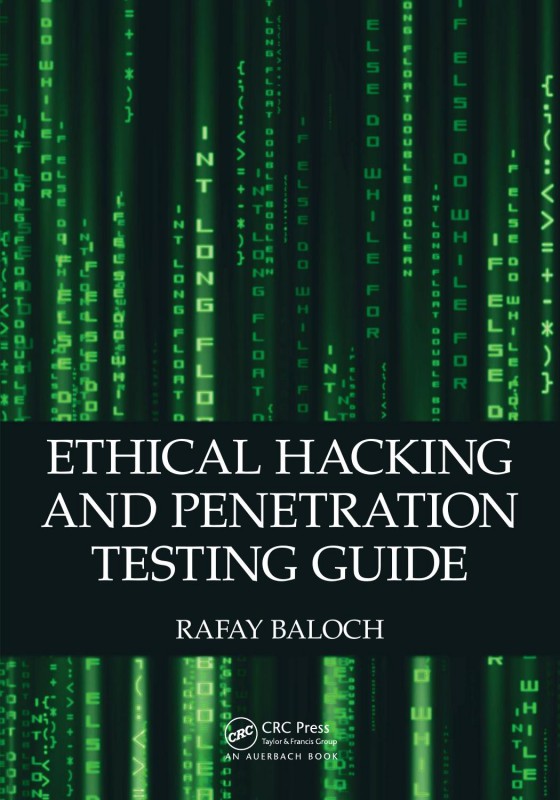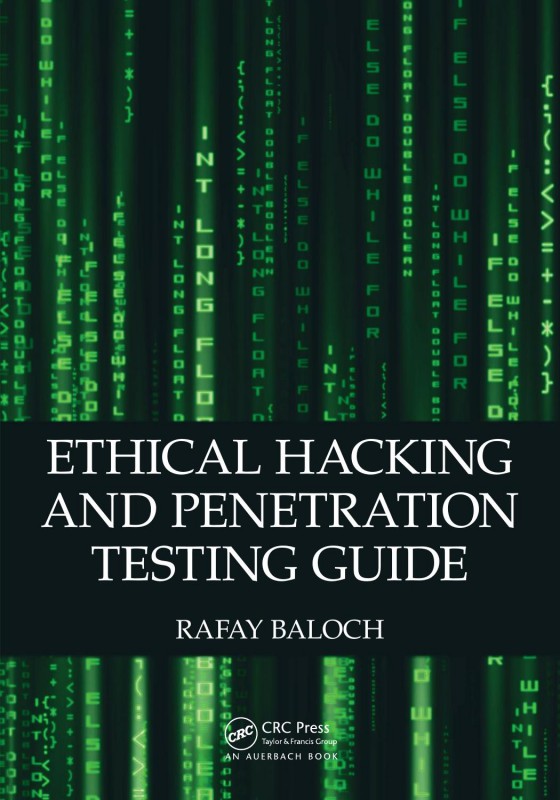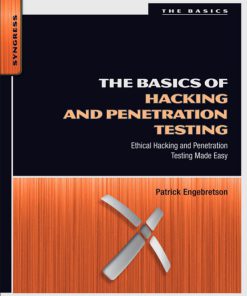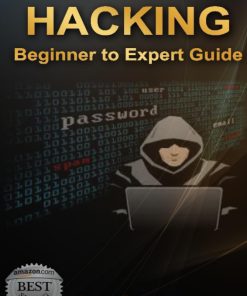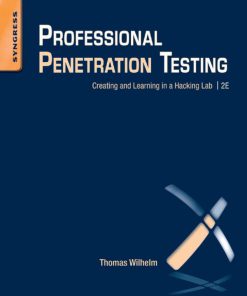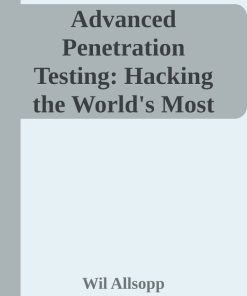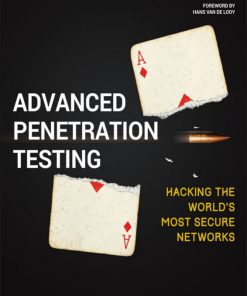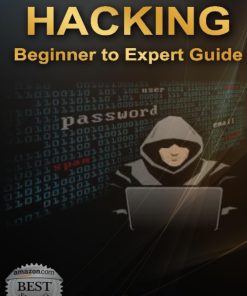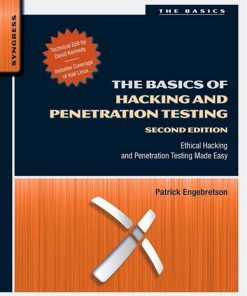Ethical Hacking and Penetration Testing Guide 1st edition by Rafay Baloch 9781351381345 1351381342
Original price was: $50.00.$25.00Current price is: $25.00.
Authors:Rafay Baloch , Series:Cyber Security [170] , Tags:Computers; Security; General; Networking; Law; Forensic Science , Author sort:Baloch, Rafay , Ids:Google; 9781482231625 , Languages:Languages:eng , Published:Published:Sep 2017 , Publisher:CRC Press , Comments:Comments:Requiring no prior hacking experience, Ethical Hacking and Penetration Testing Guide supplies a complete introduction to the steps required to complete a penetration test, or ethical hack, from beginning to end. You will learn how to properly utilize and interpret the results of modern-day hacking tools, which are required to complete a penetration test. The book covers a wide range of tools, including Backtrack Linux, Google reconnaissance, MetaGooFil, dig, Nmap, Nessus, Metasploit, Fast Track Autopwn, Netcat, and Hacker Defender rootkit. Supplying a simple and clean explanation of how to effectively utilize these tools, it details a four-step methodology for conducting an effective penetration test or hack.Providing an accessible introduction to penetration testing and hacking, the book supplies you with a fundamental understanding of offensive security. After completing the book you will be prepared to take on in-depth and advanced topics in hacking and penetration testing. The book walks you through each of the steps and tools in a structured, orderly manner allowing you to understand how the output from each tool can be fully utilized in the subsequent phases of the penetration test. This process will allow you to clearly see how the various tools and phases relate to each other. An ideal resource for those who want to learn about ethical hacking but don‘t know where to start, this book will help take your hacking skills to the next level. The topics described in this book comply with international standards and with what is being taught in international certifications.

